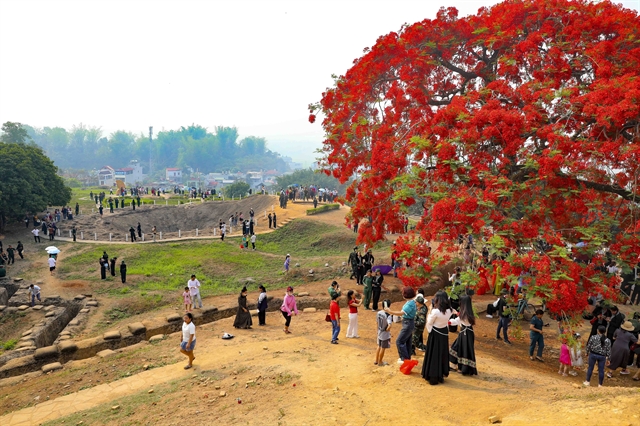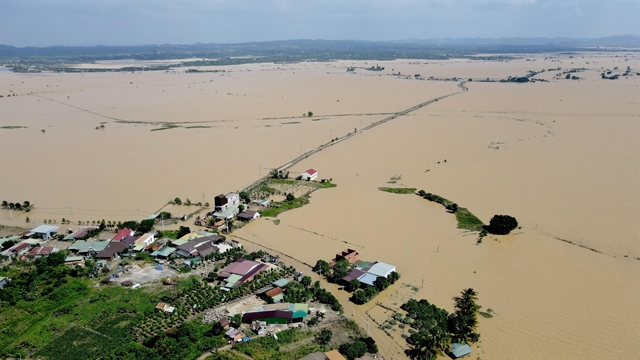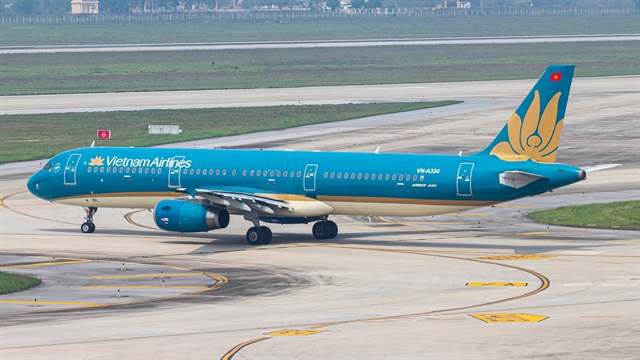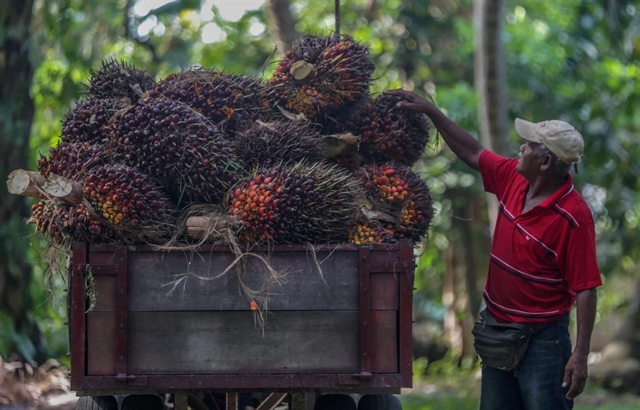 Opinion
Opinion

 |
| Deputy Director of Điện Biên Department of Culture, Sports and Tourism Nguyễn Thị Thanh Chuyên. — Photo baotainguyenmoitruong.vn |
Điện Biên Province has been investing in tourism infrastructure and policies to make visitors the key to sustainable poverty reduction in the area. Deputy Director of Điện Biên Department of Culture, Sports and Tourism Nguyễn Thị Thanh Chuyên spoke to Tài nguyên & Môi trường (Natural Resources & Environment) newspaper on the province’s efforts in this aspect.
How would you assess Điện Biên Province’s tourism in recent years?
From 2021 to 2023, Điện Biên welcomed more than 1.8 million tourists with a total revenue of VNĐ3.04 trillion (US$119.4 million), which created approximately 8,000 jobs, of which 3,500 are directly employed in the industry. Their average length of stay is about two and a half days.
In the first five months of 2024, Điện Biên received more than one million tourists, of whom 4,800 were international arrivals. The total revenue from tourism in this period reached VNĐ1.9 trillion ($74.6 million).
Điện Biên has tremendous potential for tourism with the historical site of Điện Biên Phủ alongside the majestic natural landscapes and unique cultures of 19 ethnic groups. Building on this foundation, the province has been developing and investing in tourism products as well as cultural and eco-tourism destinations.
Điện Biên has 33 heritage sites, including one special area, 14 national-level and 18 provincial-level legacy sites, alongside the notable national historical relic of the Điện Biên Phủ Battle (comprising 45 smaller sites) – where the Điện Biên Phủ Victory took place. It is a precious and unique resource for the province’s tourism development.
Điện Biên boasts a wide range of natural landscapes such as Pá Khoang Lake, the caves of Khó Chua La, Pa Thơm and Pê Răng Ky, Pha Đin Pass, U Va and Hua Pe hot springs, the fields of Mường Thanh (the largest rice paddy in the northwestern region), the natural reserves of Mường Nhé and A Pa Chải (situated at the border T-junction with Laos and China, the westernmost point of the country), Tủa Chùa Karst Plateau and a cluster of 100 ancient shan tuyết trees (Việt Nam’s heritage trees), among others.
These marvellous landscapes and the province’s historical and cultural values have paved the way for Điện Biên’s tourism development in recent years.
 |
| Tourists visit the historical site of Hill A1 in Điện Biên Phủ City. — VNA/VNS Photo Xuân Tư |
How has Điện Biên carried out its community tourism model in alignment with poverty reduction?
Community tourism development in Điện Biên has received attention and assistance from various levels of authorities and sectors, as well as support from the local communities. Residents understand the significance of tourism development in alignment with socio-economic development as the basis for cultural exchanges and quality of life improvement for ethnic communities in the province.
Điện Biên now has 12 cultural tourism villages and six community tourism and homestay models, which bring considerable benefits in terms of sustainable economic development. Community tourism not only helps locals protect ecological resources but also allows them the opportunity to preserve and promote their unique culture, combat poverty and improve the quality of life for many people. This is particularly true for ethnic minorities in Mường Nhé, Tủa Chùa, and Điện Biên Đông.
Therefore, many cultural villages and households have proactively renovated their houses, roads and alleyways, building new latrines, bathrooms and even cleaner barns. They also promote art and cultural activities, have revived several traditional festivals and now offer handicrafts, especially brocades and craft items, while also engaging in tourism activities.
What are Điện Biên’s future plans to reduce poverty by way of tourism development?
Điện Biên has set the goal that by 2025, the added value from tourism services will account for about 10 per cent of the province’s GRDP (gross regional domestic product), while we want tourists to stay for three days or longer. The average visitor growth rate is expected to reach 15 per cent per year, with the total tourism revenue increasing by over 14 per cent on a yearly average.
With these objectives, the Department of Culture, Sports and Tourism has been serving as an advisor to the provincial People’s Committee on the plan and project to preserve and develop ethnic cultures in Điện Biên in alignment with socio-economic growth for 2021-25, and up to 2030. This document outlines the key missions in preserving tangible and intangible cultural heritage and the necessary investments, tourism development. and improving the cultural life of Điện Biên’s ethnic groups.
The programme also focuses on training and improving the quality of human resources in ethnic cultures’ preservation and development.
In the future, the Department of Culture, Sports and Tourism will work with district-level People’s Committees, specialized divisions and sectors to encourage, support and attract investments into the homestay and farmstay tourism models. Community tourism villages and destinations need to meet the standards set while offering unique cultural products to attract tourists and create job opportunities for local people.
Điện Biên is currently carrying out an OCOP (One Commune - One Product) development model in alignment with tourism in Nà Sự Village of Chà Nưa Commune, Nậm Pồ District. People’s Committees at all levels in the province will also enhance community tourism activities in Lồng Village of Mông ethnic people (in Tỏa Tình Commune, Tuần Giáo District), Hà Nhì ethnic villages in Mường Nhé District, among many others.
This will help raise awareness among local people and make for sustainable poverty reduction through a combination of local agriculture and tourism. — VNS




